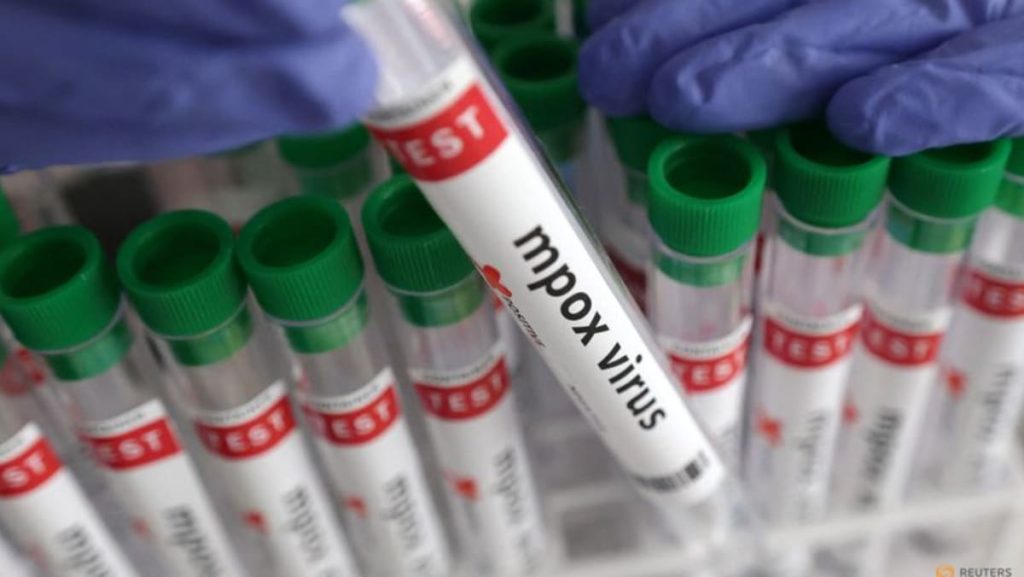The Chinese health authorities recently announced the discovery of a cluster outbreak of mpox, specifically the clade 1b strain, raising concerns about the potential resurgence of this viral disease. The outbreak, believed to have originated from an individual with a history of residence in the Democratic Republic of Congo (DRC), underscores the complexities of international travel and the potential for the reintroduction of infectious diseases. Four individuals who had close contact with the index case were subsequently diagnosed with mpox, exhibiting relatively mild symptoms characterized by skin rashes and blisters. The prompt identification and isolation of these cases, coupled with ongoing medical treatment and health monitoring, signify the effectiveness of China’s public health response in containing the outbreak and preventing further transmission.
The mpox virus, formerly known as monkeypox, belongs to the Orthopoxvirus genus and is primarily a zoonotic disease, meaning it can be transmitted between animals and humans. Although the natural reservoir of the virus remains uncertain, rodents are suspected to play a significant role in its transmission. Human-to-human transmission occurs through close contact with bodily fluids, respiratory droplets, or contaminated materials like bedding. The clinical presentation of mpox typically involves fever, headache, muscle aches, swollen lymph nodes, and a characteristic rash that progresses through various stages, from macules and papules to vesicles and pustules. While generally self-limiting, mpox can lead to severe complications in certain individuals, particularly those with weakened immune systems.
The recent outbreak in China highlights the importance of robust surveillance systems and rapid response mechanisms in containing infectious disease outbreaks. The Chinese Center for Disease Control and Prevention (CDC) has implemented comprehensive measures to manage the situation, including isolating infected individuals, tracing contacts, and providing appropriate medical care. The fact that no further cases have been detected among other contacts suggests the effectiveness of these interventions in preventing wider community transmission. This underscores the critical role of public health infrastructure and preparedness in mitigating the impact of emerging and re-emerging infectious diseases.
The global mpox outbreak in 2022, affecting over 120 countries, served as a stark reminder of the interconnectedness of the world and the potential for rapid spread of infectious diseases. The World Health Organization (WHO) has played a crucial role in coordinating international efforts to combat mpox, including providing guidance on surveillance, diagnosis, treatment, and vaccination. The experience gained from the 2022 outbreak has undoubtedly contributed to the preparedness and rapid response observed in the recent Chinese cluster. Continuous monitoring and international collaboration are essential to prevent future outbreaks and protect global public health.
The identification of the mpox clade 1b strain in this outbreak is noteworthy from an epidemiological perspective. Different clades of the mpox virus can exhibit variations in transmissibility and virulence, impacting the clinical course of the disease and the effectiveness of public health interventions. Understanding the specific clade involved in an outbreak is crucial for tailoring appropriate control measures. Further genomic sequencing and analysis are necessary to determine the precise origin of the virus and its relationship to other circulating strains. This information can inform broader strategies for mpox prevention and control.
The successful containment of this mpox cluster outbreak in China demonstrates the efficacy of proactive public health measures and international collaboration. The ongoing surveillance, prompt diagnosis, and effective isolation and treatment protocols have limited the spread of the virus and protected the wider community. However, this incident serves as a reminder of the persistent threat posed by infectious diseases and the importance of maintaining vigilance. Continued investment in public health infrastructure, research, and international cooperation is crucial to prevent future outbreaks and safeguard global health security. Furthermore, public awareness campaigns are essential in educating individuals about mpox transmission, prevention strategies, and the importance of seeking medical attention if symptoms arise. A collective and coordinated approach is paramount in mitigating the impact of emerging infectious diseases and protecting global health.

